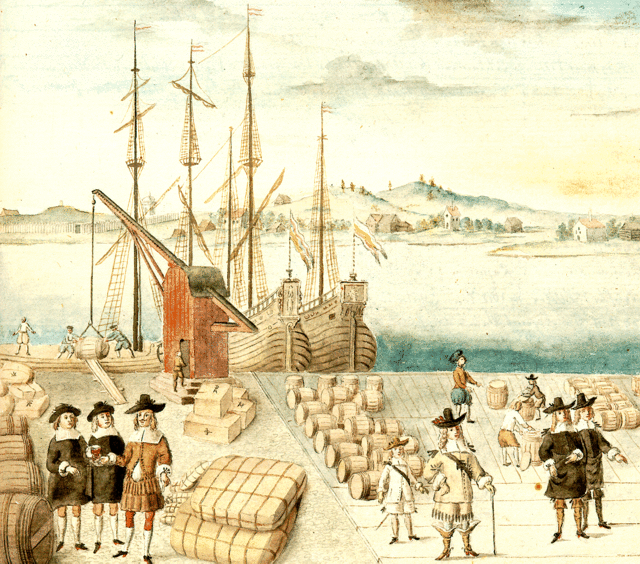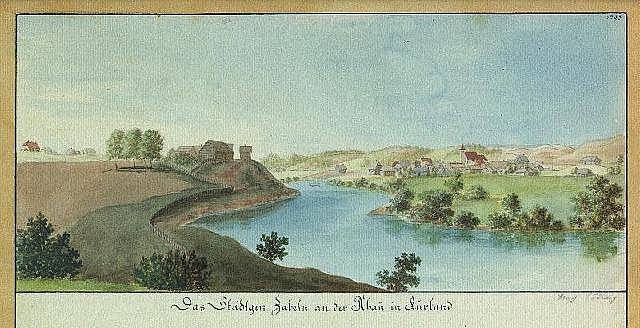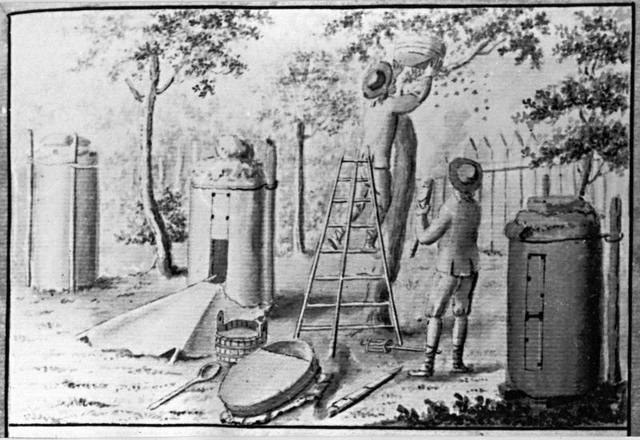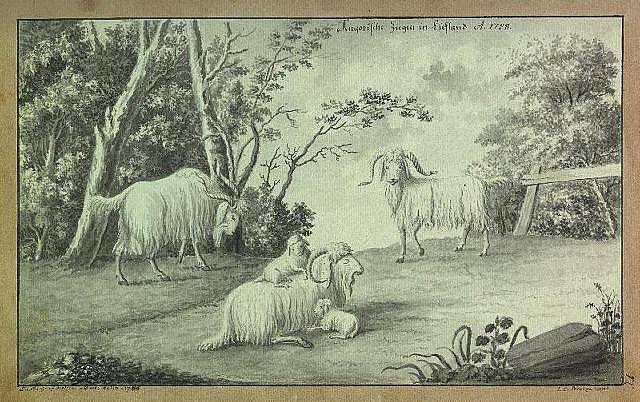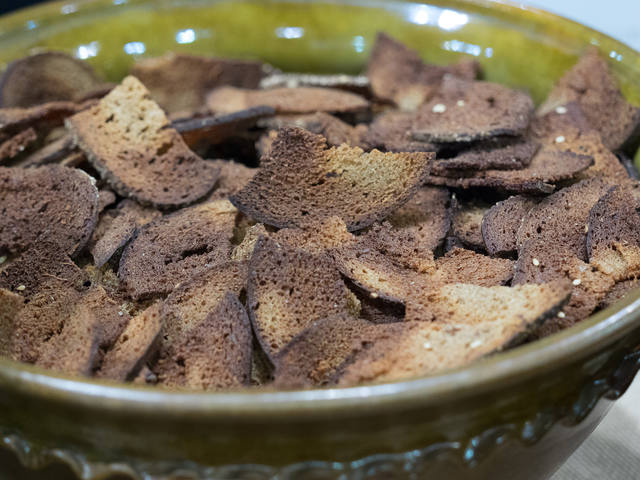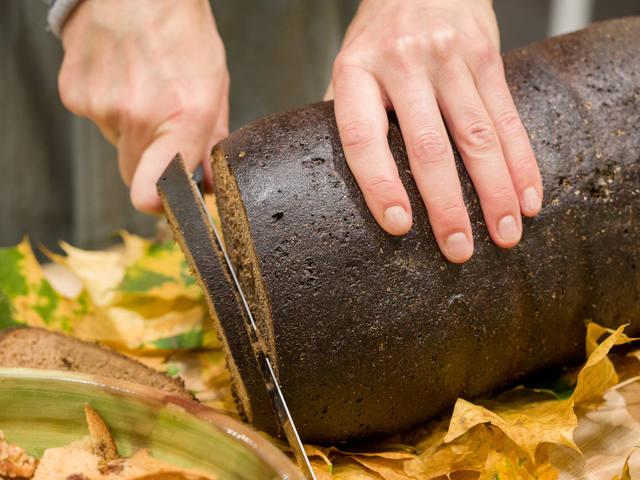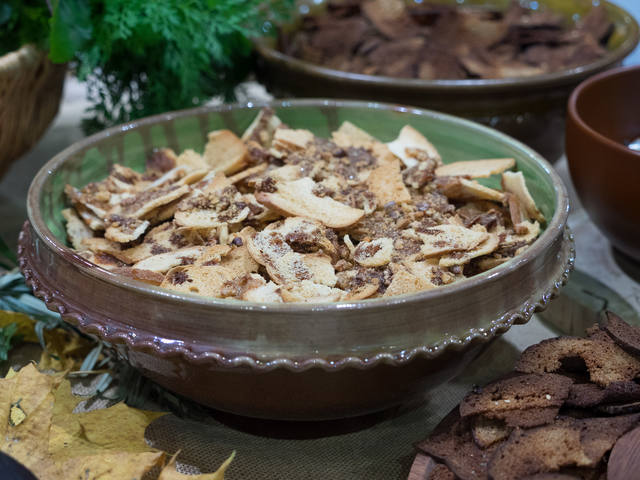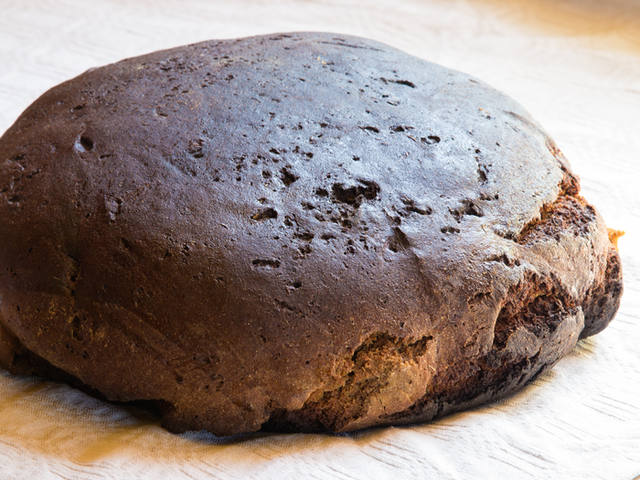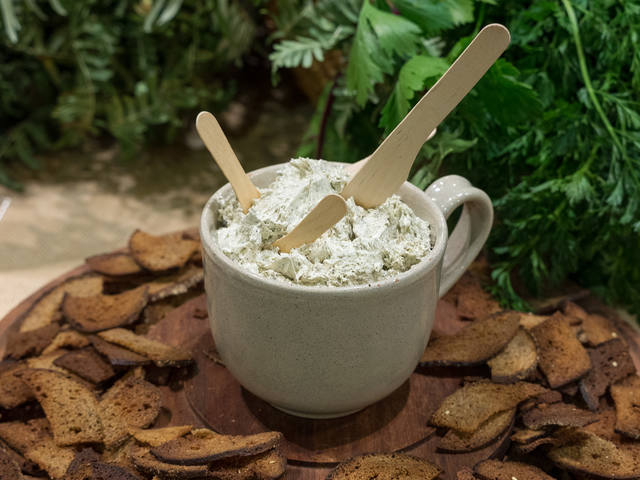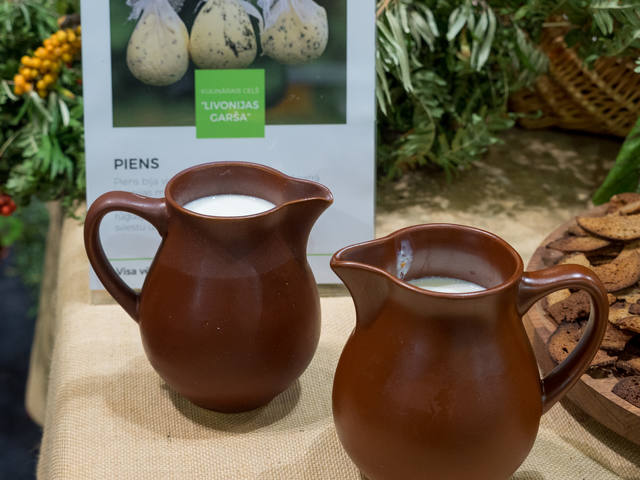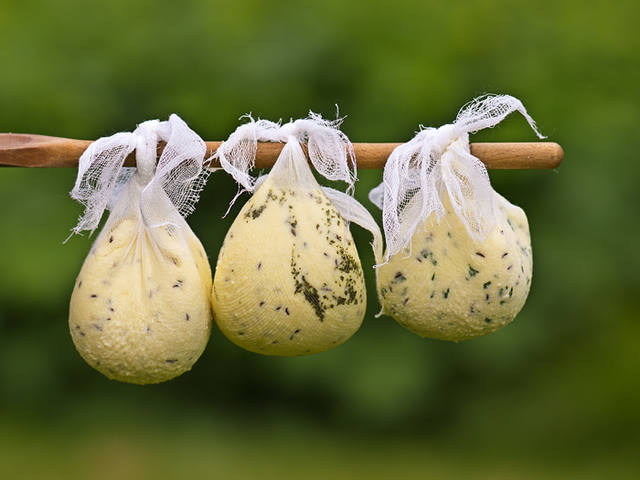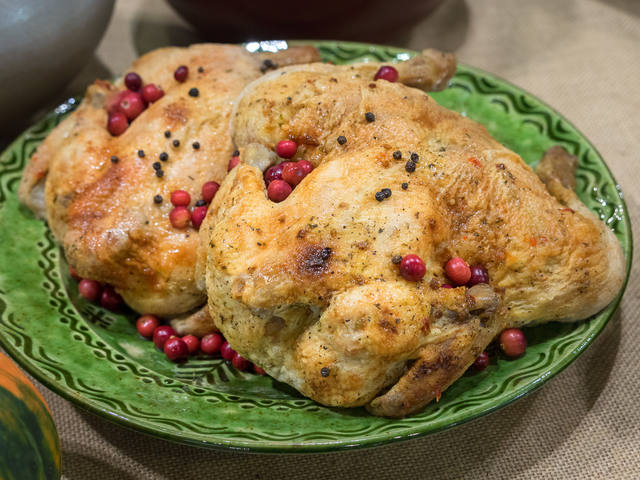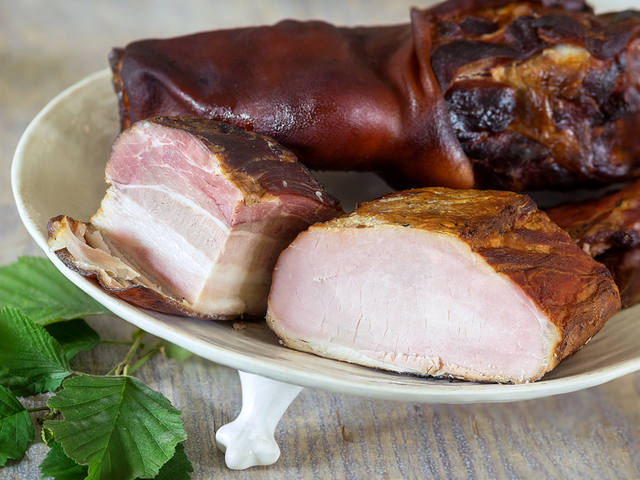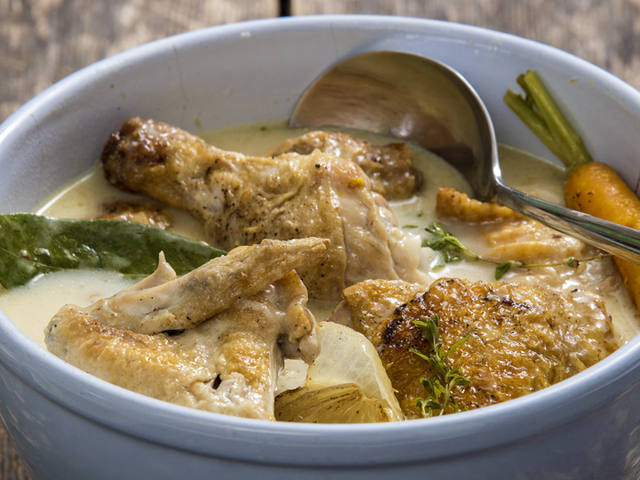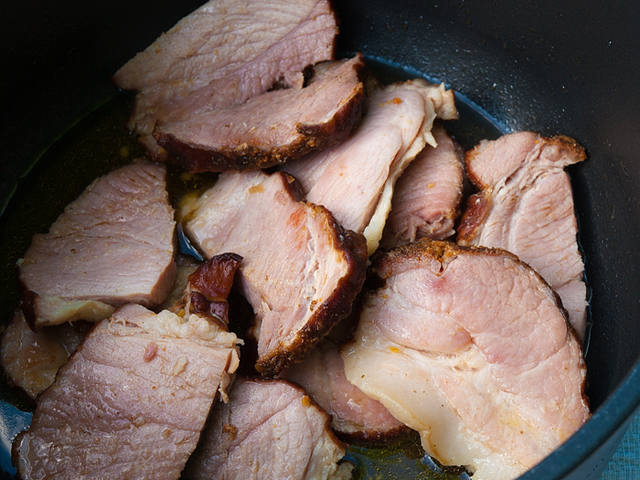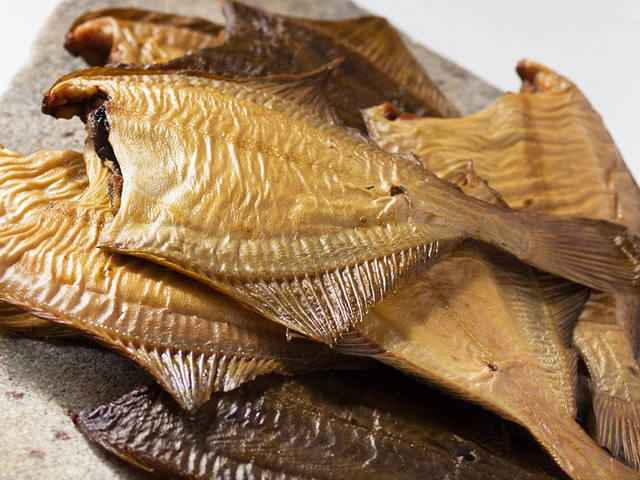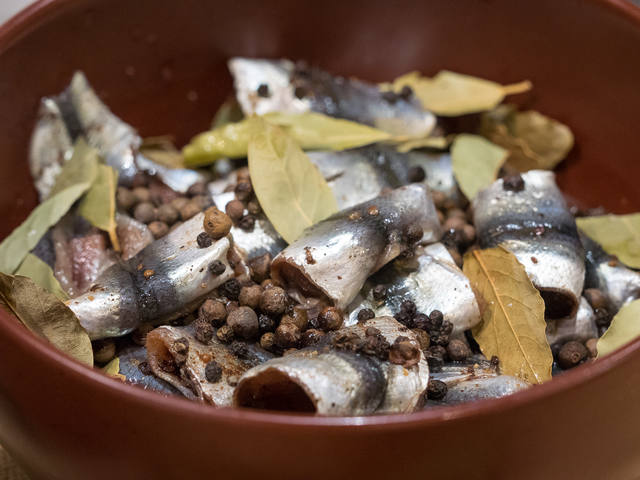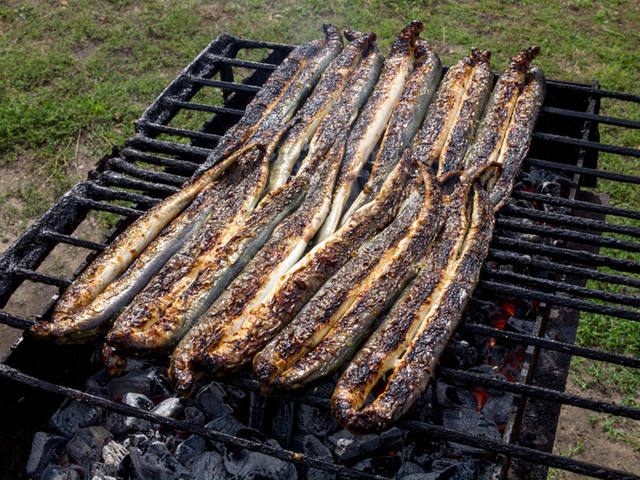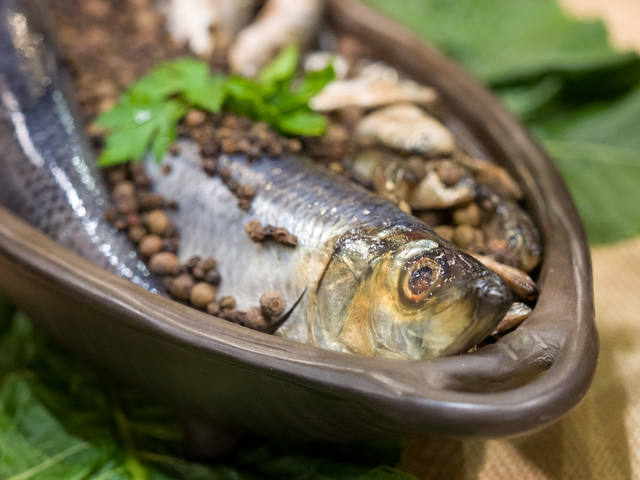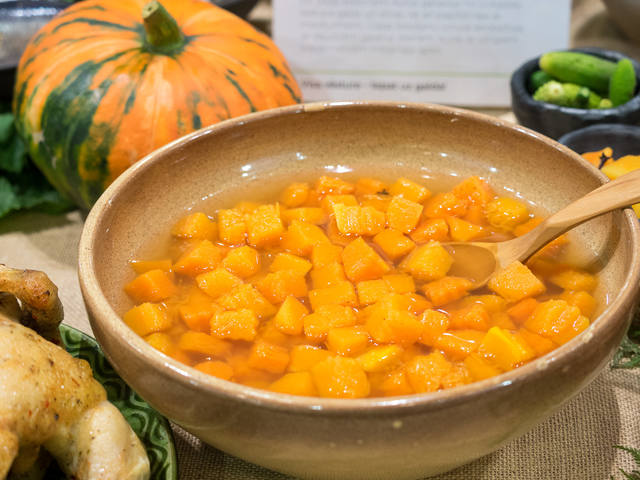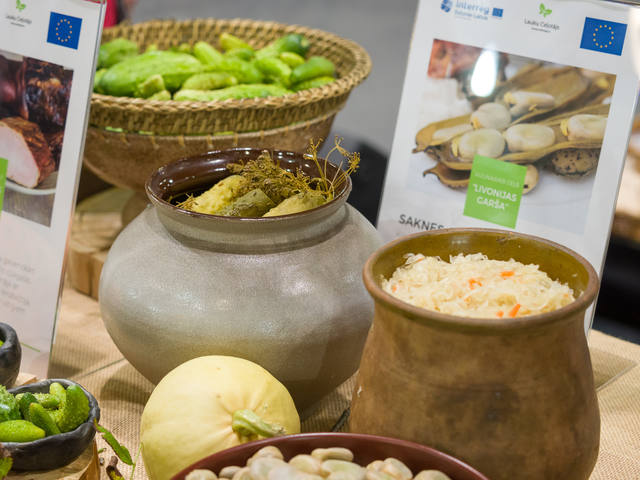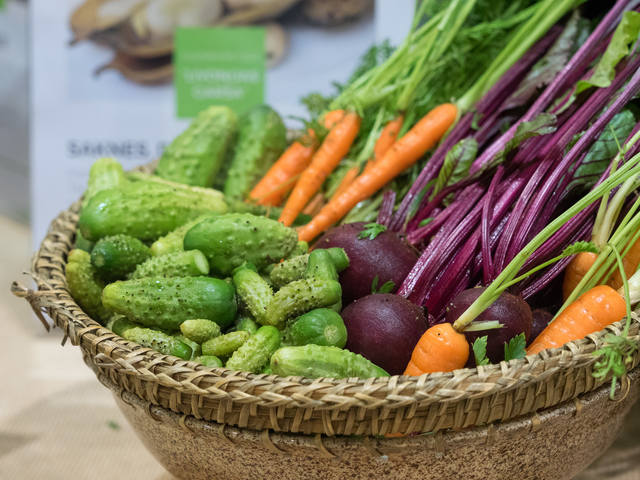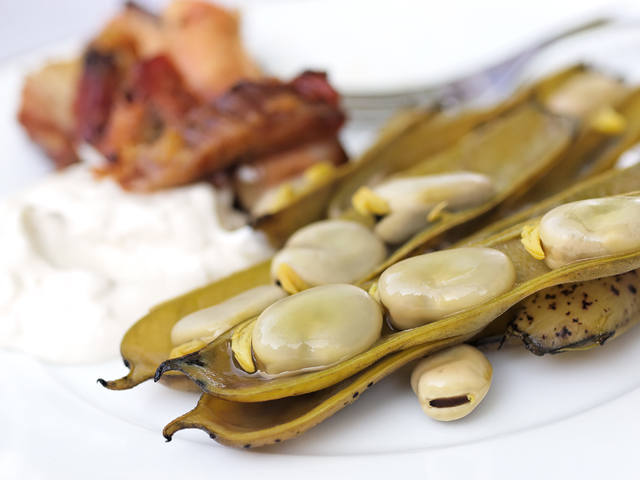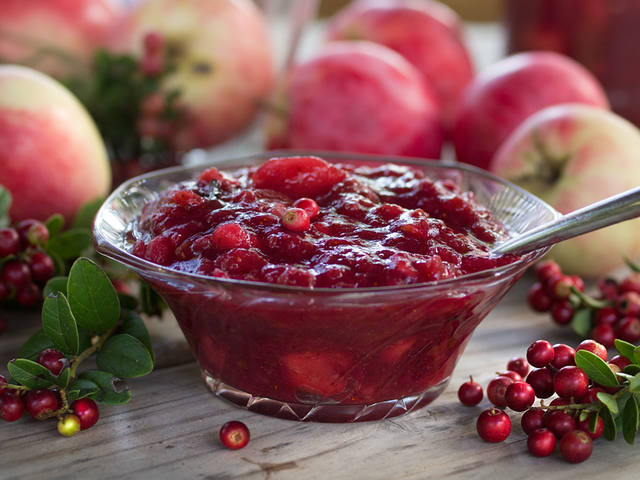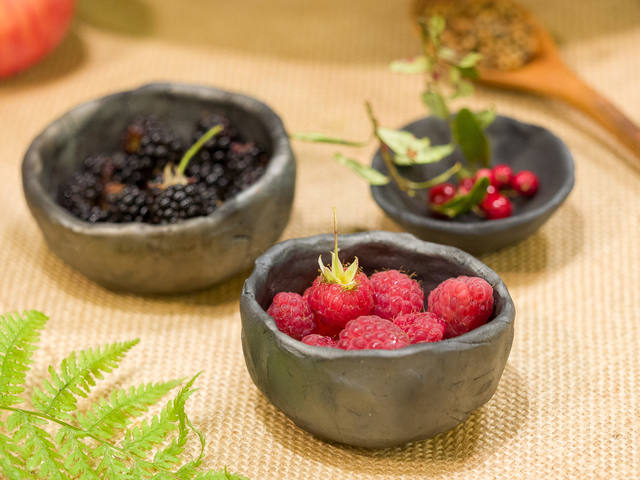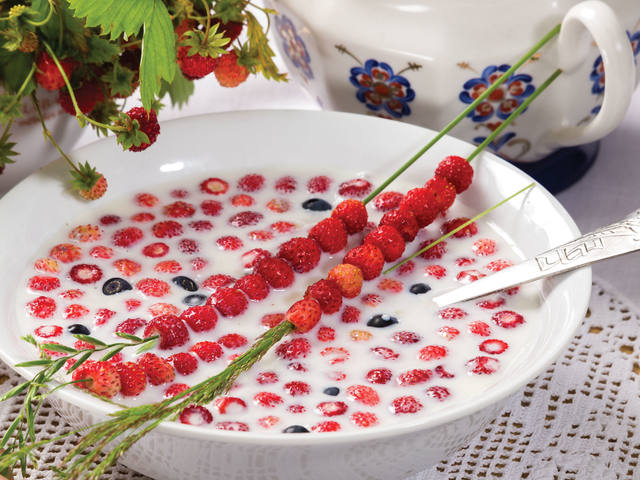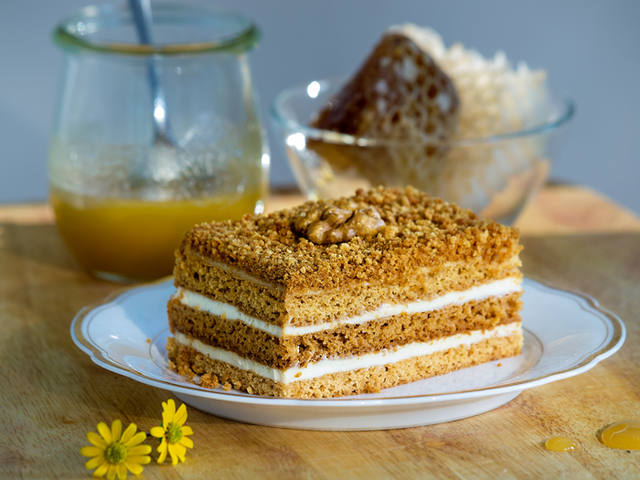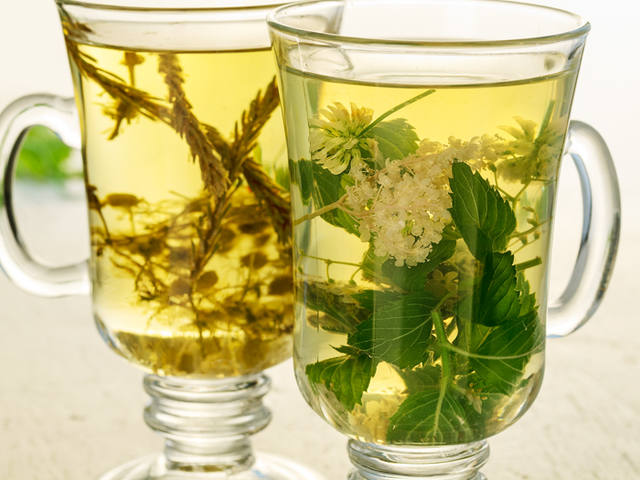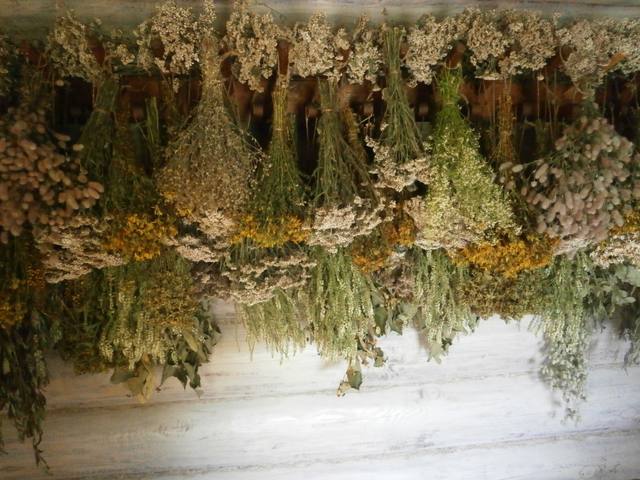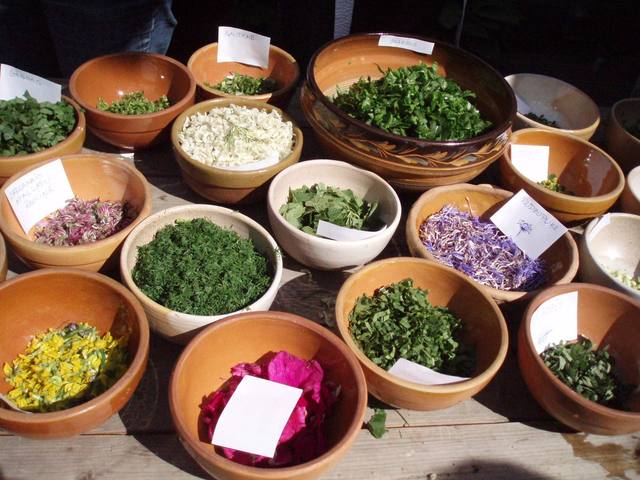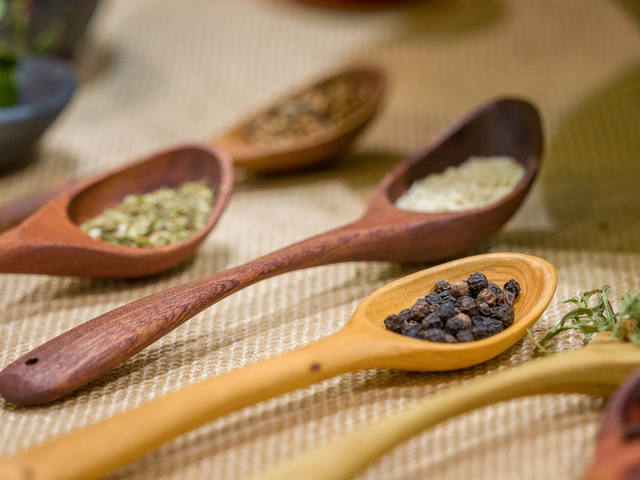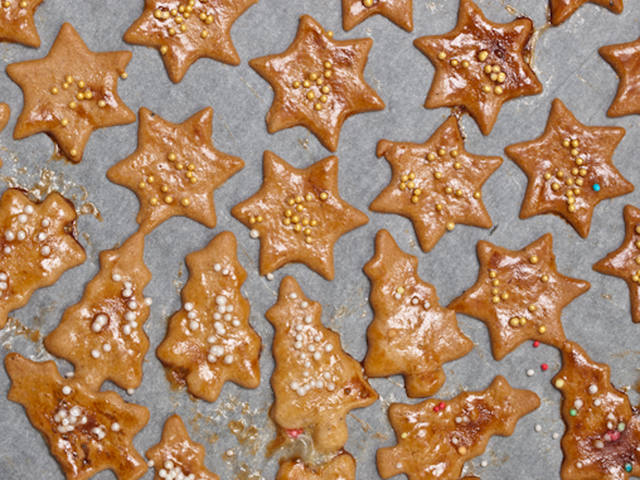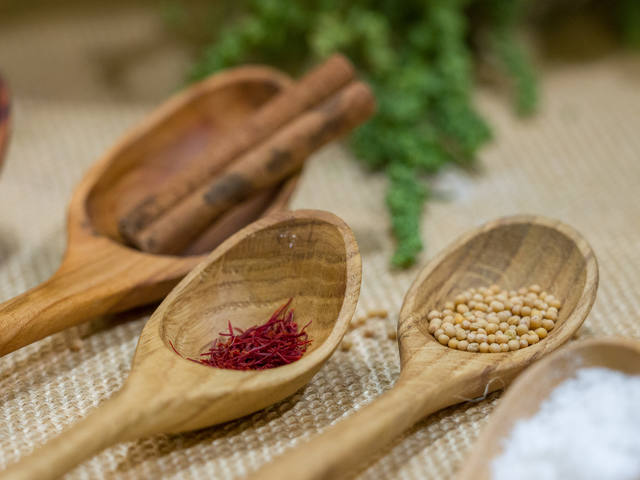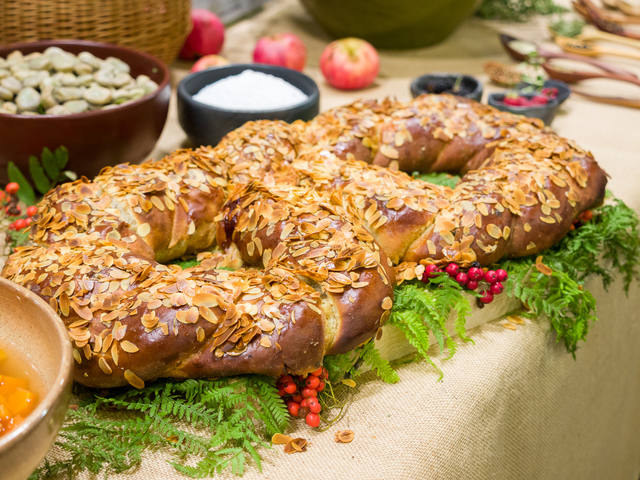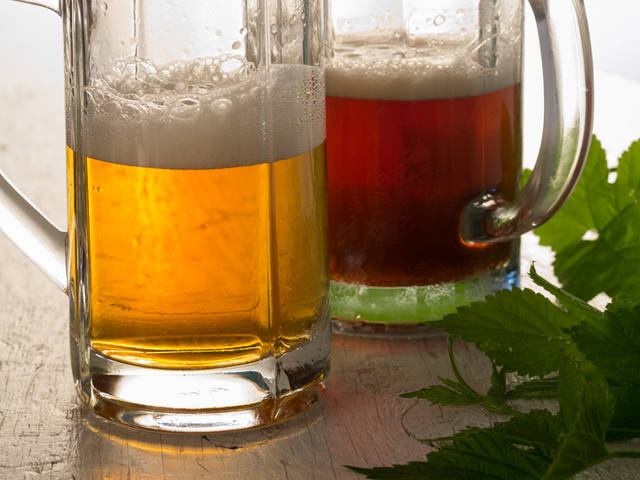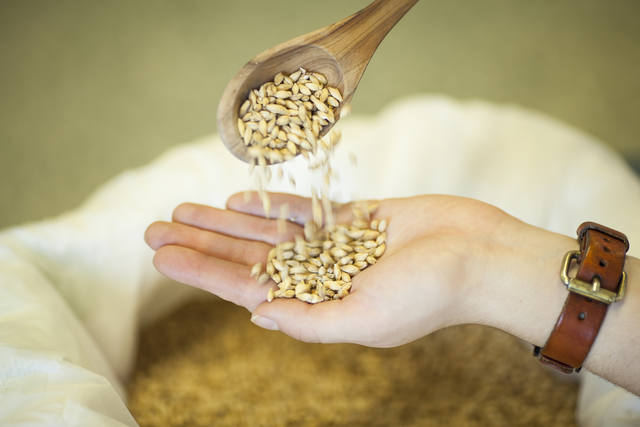
Cuisine in the Livonian Era
During the Livonian era, the central and northern parts of Latvia and the southern part of Estonia made up a unified country. Livonia had sailing opportunities along rivers and the sea, as well as roads along which goods flowed from West to East, from Europe to Russia, thus providing local merchants with good profits, as well as economic progress for the country. Livonians were courageous and ambitious people who were not afraid of risks or difficulties and fought for their place under the Sun in this advantageous geographic situation. They served as mediators among merchants from various countries, also ensuring export opportunities for those who produced grain, wax, fats, hemp and other products.
We cannot go back in time to steer a Dutch, German, British or Swedish sailing ship into the Rīga port. Neither is it possible today to ride boats laden full of products down the Daugava River, as was the case in the Middle Ages. Nor can we use many horses and carts to travel from Rīga via Sigulda, Straupe and Cēsis on to Revel, Tartu or Pskov, stopping along the way at roadside saloons. We can, however, try to taste Livonia by eating those foods that have lasted to this very day in our kitchens.
Cuisine in Livonia was diverse, with contributions from Latvian, Liv and Estonian farmers and fishermen, monks in cloisters, urban residents and noblemen. Some of the dishes could be found on the tables of people from all social strata.
Grains, hamp, nuts.
Rye flourished in Livonia and was famous because of the aromatic and filling bread that was baked with rye flour. The flour was also used to thicken soups of vegetables and herbs, and rye bread could be dried into crackers. Grain porridges and thick soups involved wheat, barley and oats. Wheat was sold at the market in Rīga, and white bread was a celebratory food for ordinary people at that time. There were also dishes featuring hemp, and linseed could be used to press oil. Hazelnuts were harvested, but traders imported almonds and walnuts.
Dairy products
Milk was used to produce curdled milk, sweet and soured cream, cottage cheese, butter, cheese and buttermilk. High-quality dairy products are still important today, though now there are also various fermented soured milk products, as well as ice creams.
Meat
People in Livonia ate meat from domesticated and wild animals. Pigs and cattle were most commonly bred, as were chickens to produce eggs. People were frugal, and they learned to process tasty foods from all kinds of meat, starting with the head, ending with the legs and using all sub-products that were available. People in Livonia exported fats, and they prepared sausages, hams, meat in aspic and bacon. Pigs could not run around the streets of Rīga and had to be cooped up. People were allowed to shoot any pig that appeared in the fortress or on its walls. Building owners were asked to build cattle sheds beyond the city walls so as to avoid the further pollution of the king’s city with animal droppings. (Jānis Straubergs, History of Rīga, 1937).
Guilds of butchers sold meat at markets. A slaughtered animal had to be sold within two days’ time. Cattle were brought from the countryside or suburban farms. Latvians who lived near cities grew herbs and bred dairy cows and pigs to deliver food to urban residents and to earn some money in that way.
Fish
Latvians, Livs and Estonians who lived on the shores of the Baltic Sea went fishing to catch Atlantic herring, sprats, flounder, cod and other fishes that could be cooked in various ways. There were rules about how many fishes could be caught in rivers and lakes, with strict rules as to the fishing season. Fish were dried, salted or smoked for preservation purposes. Herring from the Netherlands was of great importance on the menus of ordinary people. Salted herring and sprats could be stored for a long time and used to supplement various simple dishes. Salted and herbed sprats are still a matter of pride and joy in Latvia – small, elegant and spicy examples of jewel-like fish. People in the upper classes also ate catfish, zander, sturgeon, salmon and salted caviar.
Vegetables and root vegetables
Ordinary people ate lots of vegetables, including fresh cabbage, sauerkraut, turnips that could be roasted or boiled, carrots, beets, parsnips and beans. These could be cooked together with grains, various types of flour, various dairy products and bits of bacon or meat if they were available. There were no potatoes in Livonia at that time. Thick soups could involve various herbs from a garden or meadow. People also used horseradish, mustard, onions and garlic.
It is likely that saloons and taverns at stations where horses were replaced served the same kind of food to travellers who were pedestrians – pilgrims, merchants or soldiers. Hot food was very much necessary for survival, and people walked an average of 10 kilometres per day. People who only ate dried food could not walk very far, so hot, thick soup with bread was very important for the travellers.
Fruits, berries, honey
Honey was the only sweetener that was available to people at this time, because sugar was so expensive that hardly anyone could afford it. Women at the Rīga market sold fruits and nuts such as lemons, oranges, chestnuts, walnuts and pears. Apples were grown in Livonia and imported from elsewhere. (Jānis Straubergs, History of Rīga, 1937). Berries and mushrooms could be picked in the forests. Archaeologists have found evidence in Rīga and Cēsis to show that people in the Middle Ages ate all kinds of berries – cranberries, black currants, wild strawberries, blackberries, raspberries, rowanberries and blueberries, sometimes sweetening the berries with honey ("Plant Macrofossil, Pollen and Invertebrate Analysis of a Mid-14th Century Cesspit from Medieval Rīga, Latvia,” Journal of Archaeological Science, 2017, by Laimdota Kalniņa, LVU, and six other authors).
Herbs and medicinal plants
Archaeologists found remnants of plants near the Cēsis castle in 2015, establishing a little garden or herbs, medicinal plants, root vegetables and other forms of greenery, featuring gardeners clad in Medieval costumes. The garden is surrounded by high edges made of hazel wood, and it also features plants that used to be grown on larger fields outside of the castle’s walls – cabbages, parsnips, turnips, black radishes, cucumbers and beans. During the warm season, visitors can see how peppermint, chamomile (for cosmetics and medicinal treatments), manzanitas, borage, summer savoury, white nettle and other plants are growing. Nettles were used not just in soups and salads, but also dried for the winter. They were seen as an anti-bacterial substance that kept raw fish, crabs and meat fresher for a longer period of time if they were wrapped in nettles. Nettle seeds can be used for sandwiches, as well.
Other vegetables and herbs in the garden of the castle include fennel, dill, onions, garlic, sage, parsley, basil and caraway seeds. Hyssop tea was used by monks in Medieval cloisters to get rid of tempting thoughts about women because they were supposed to be celibate. Weeds such as goosefoot, chickweed, wormwood and mugworts were also eaten. Medicinal plants include St John’s wort (which supposedly treats 99 different maladies, although blonde people are not supposed to drink tea made of it, because they will suffer sunburn), chamomile, marigolds, celandine, valerian (to calm oneself down) and southernwood, which was supposed to protect people against evil and wicked spirits. Common rue was used for the purpose of abortions if the monks violated their celibacy. Hops were used to brew beer, but marsh Labrador was used for the same purpose in earlier times. It is likely that similar gardens were found in the garden of the Dome Cathedral in Rīga and other cloisters in Livonia.
Spices
Medieval Europeans learned about various spices that had been unknown before. During this period, cloves, pepper, ginger and cinnamon were brought to Livonia. The Venetian merchant and traveller Marco Polo brought these back to Europe during his travels in Asia and India during the 13th century. The Dutch eventually had a monopoly on the sale of spices. A gram of black pepper grains cost as much as a gram of salt. During the latter half of the 15th century, Christopher Columbus brought chilli, cocoa, vanilla, cardamom and, a bit later, tabasco peppers from his travels in the Americas. Spices were very expensive, and only rich people could afford them. Wealthy people used lots of spices during the 16th century to demonstrate their status and wealth. The spice market became saturated in the early 17th century, however, and the prices collapsed. At that time, people became more sensible in terms of using spices.
The importance of salt
One of the most important imports in Livonia was salt. Archives tell us that a man who stole a sack of salt in the 17th century was punished by having to stand at the pole of shame, suffering 15 beats with a whip and half a year in prison. Salt was used to pay for prisoners of war. If a brother from the guild of load-bearers was capture in Lithuania, for instance, the guild paid a ransom of a sack of salt if the brother was too poor to pay the ransom himself (Jānis Straubergs, History of Rīga, 1937). During long winters, people look for ways of preserving meat, fish, root vegetables and other vegetables, and salt was of invaluable importance in this regard.
Beer traditions
Beer was the most common beverage in Livonia. Guilds in Rīga declared that only sworn brewers could brew beer for sale, but anyone could brew it for his or her own use. Lots of time has passed since the Livonian era, but there are still endless numbers of light, dark, filtered and thick beers, sometimes enriched with hops or malt. Some of the information for this essay came from the Rīga Museum of History and Shipping, as well as specialists from the Cēsis castle.
